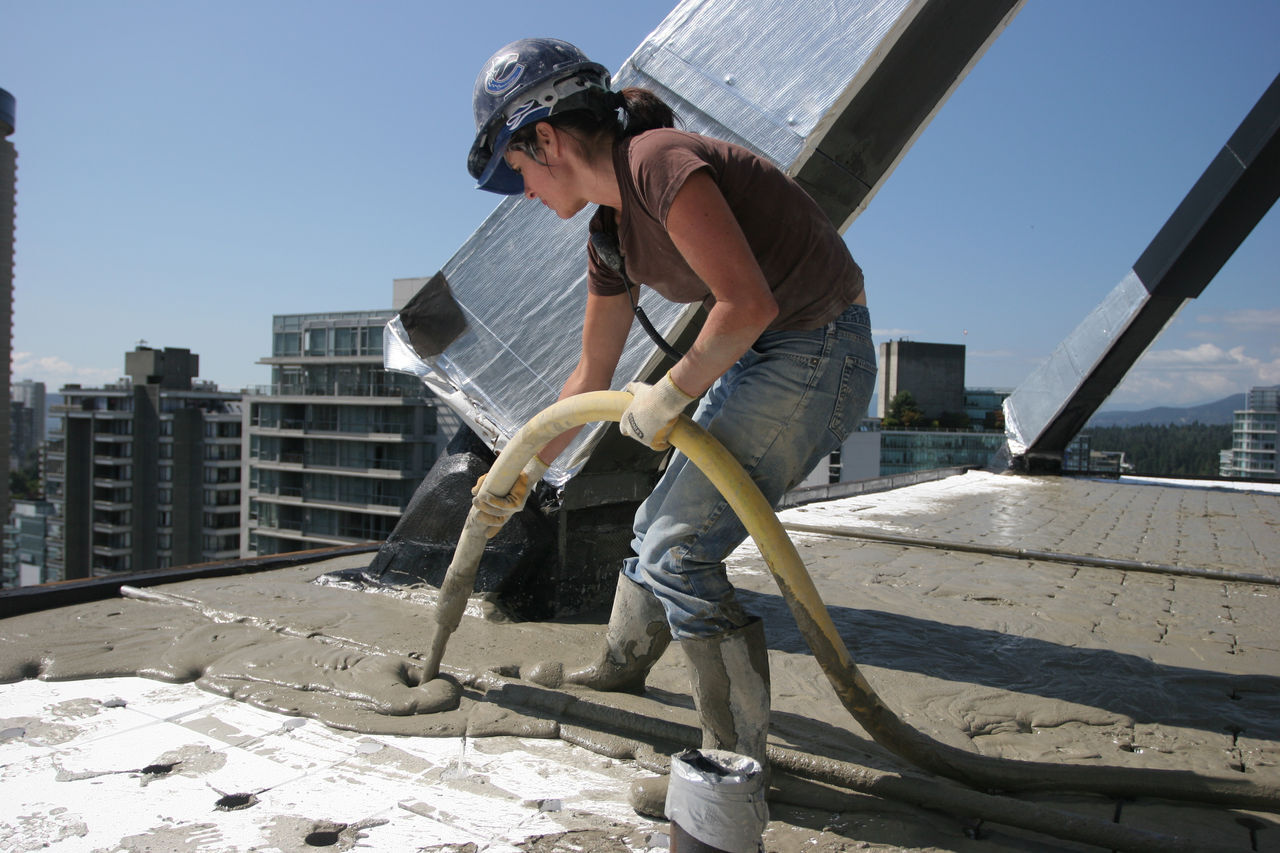Specifiers and designers often focus on the visible components of a roof system: the membrane, the flashing, the aesthetic. However, the often-overlooked substrate—the foundation upon which the entire system rests—plays a profoundly critical role in long-term performance and durability. A long-term roofing system can only be achieved with a sound and suitable substrate.
Substrate imperfections can manifest in various forms, from uneven surfaces and inadequate slopes to structural irregularities and moisture issues. These seemingly minor flaws can lead to significant problems down the line. An uneven substrate, for instance, can cause ponding water, which can accelerate membrane degradation that can ultimately lead to leaks. Structural movement or insufficient support from the substrate can transmit stress to the roofing system and membrane, leading to tears, cracks, and delamination, compromising the system's watertight integrity. Furthermore, imperfections can impede proper adhesion of insulation and/or membrane layers, reducing overall system performance and potentially voiding manufacturer warranties.
A thorough examination of the substrate is critical and should be performed before any roofing work begins. As outlined in various industry best practices, the contractor must thoroughly inspect conditions and notify the architect and owner of any unsatisfactory findings. Proceeding with installation on a compromised substrate is a recipe for premature failure and costly repairs.
Fortunately, innovative solutions exist to mitigate the impact of substrate imperfections. Siplast's Lightweight Insulating Concrete (LWIC) systems offer a compelling example. Unlike traditional insulation, which often demands a nearly smooth substrate surface, LWIC can effectively address irregularities. LWIC can smooth out unevenness of the substrate, providing a monolithic and stable surface for the roofing system or membrane. This can improve the overall performance and longevity of the roof. LWIC can offer other benefits like enhanced fire protection, improved drainage, and a smoother application surface.
A high-performing, resilient roof system begins with an understanding and proactive management of the substrate. By recognizing the critical impact of the underlying conditions and implementing appropriate design and construction strategies, roofing professionals can help ensure the integrity and longevity of roof systems, safeguarding building assets for years to come.
To read the full paper, click the link below.


